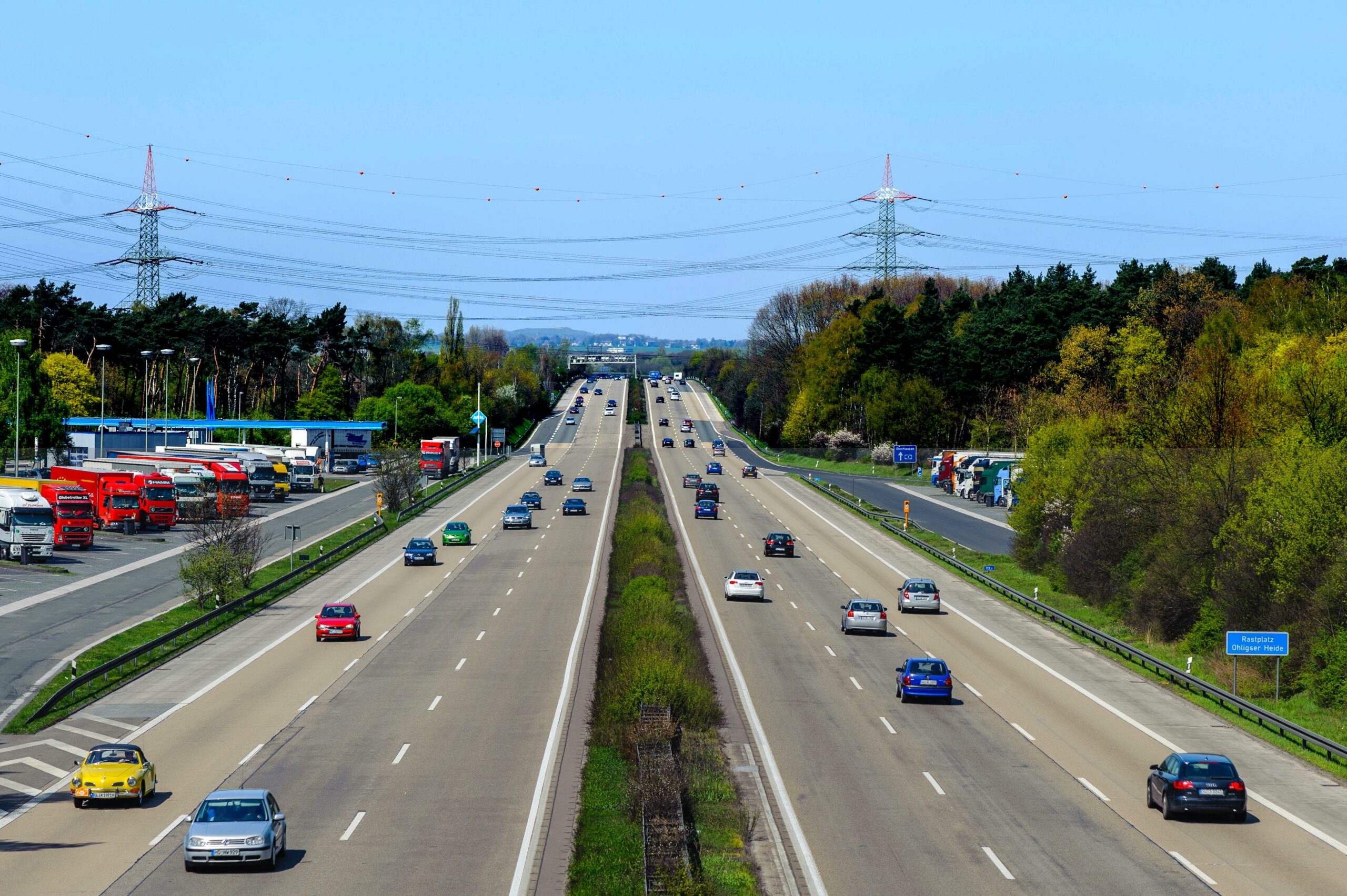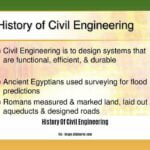Step into a time machine and prepare to be transported to the fascinating realm of ancient Roman transportation achievements. In this article, we will embark on a journey through history, exploring the awe-inspiring tributes to Roman ingenuity and engineering prowess. From the construction of intricate road networks that connected cities to the awe-inspiring aqueducts that brought water to thirsty communities, the Romans revolutionized travel and trade in ways that still leave us in wonder today. Join me as we unravel the secrets of Roman transportation triumphs and discover the unparalleled feats that shaped the ancient world.
Roman Transportation Achievements
When it comes to transportation achievements, the ancient Romans were pioneers who revolutionized travel in their vast empire. Through their ingenuity and engineering prowess, they created a remarkable network of roads, aqueducts, and harbors that enabled efficient movement of people and goods. Let’s delve into the fascinating world of Roman transportation and explore their remarkable achievements.
Roads: The Foundation of Roman Travel
One of the most iconic Roman transportation achievements was their extensive network of roads. These roads spanned thousands of miles and connected every corner of the empire. Built with precision and durability in mind, Roman roads were constructed using layers of gravel, sand, and stones, topped with tightly fitted cobblestones. This solid foundation allowed for smooth and efficient travel, even by horse-drawn chariots.
The Roman road system was unparalleled in its reach and quality. It facilitated the movement of armies, trade caravans, and everyday travelers, providing a vital lifeline for the empire. The roads were lined with mile markers, facilitating navigation and ensuring the efficient transport of goods and information across vast distances.
As the saying goes, “All roads lead to Rome.” This saying reflects the centralizing and unifying effect that the Roman road network had on the empire. The roads not only facilitated travel but also helped promote cultural exchange, trade, and the spread of Roman influence.
Key Point: Roman roads were the backbone of transportation in the empire, connecting all corners and allowing for efficient travel and trade.
Aqueducts: Engineering Marvels of Water Transport
Another remarkable Roman transportation achievement was their aqueduct system. The Romans ingeniously designed and constructed aqueducts to transport water over long distances, making it available to cities, towns, and even remote military outposts.
Ancient Rome was a city of immense grandeur and sophistication, with a population that required a constant supply of clean water. The aqueducts provided a solution to this pressing need. They were a testament to Roman engineering feats, utilizing gravity and carefully planned slopes to move water from elevated sources, such as springs or lakes, to the heart of the city.
The aqueducts consisted of an intricate network of arches, channels, and pipes, all carefully constructed to maintain a steady flow of water. The water was transported through these structures, often spanning miles, until it reached the cities, where it was distributed to public fountains, baths, and private residences.
The aqueducts not only ensured a reliable water supply for the inhabitants of ancient Rome but also showcased the Romans’ ability to harness nature for their benefit. These engineering marvels stand as a testament to Roman ingenuity and their commitment to improving the quality of life for their citizens.
Key Point: Roman aqueducts were impressive engineering feats that transported water over long distances, providing a reliable water supply for cities and showcasing the Romans’ ingenuity.
Harbors: Gateways to Roman Trade
In addition to their advancements in land transportation, the Romans were also masters of water transport. They constructed a vast number of harbors along their coastlines, creating gateways for trade and ensuring the smooth movement of goods across the empire.
Roman harbors boasted impressive infrastructure, including breakwaters, quays, and warehouses. These structures provided protection from rough seas and facilitated the loading and unloading of ships. The Romans understood the importance of efficient trade and equipped their harbors accordingly.
The port of Ostia, located near Rome, was one of the most significant Roman harbors. It served as a bustling hub of maritime activity, accommodating ships from diverse regions. The port facilitated the import of goods like grain, timber, and precious metals, while also facilitating the export of Roman products, such as wine and olive oil.
Roman harbors not only supported trade but also played a crucial role in maintaining stable supply lines for the empire. They were strategically located and well-maintained to ensure the uninterrupted flow of goods and resources. The Romans’ ability to create and manage efficient harbors contributed greatly to their economic prosperity and dominance.
Key Point: Roman harbors were vital gateways for trade, enabling the import and export of goods and supporting the economic prosperity of the empire.
In conclusion, the ancient Romans were trailblazers in the realm of transportation achievements. Their network of roads, aqueducts, and harbors not only facilitated efficient travel and trade but also showcased the Romans’ exceptional engineering skills. From the well-constructed roads that connected the empire to the impressive aqueducts that brought clean water to cities and the thriving harbors that boosted trade, Roman transportation achievements continue to awe and inspire us today.
Key Point: Roman transportation achievements, including their road network, aqueducts, and harbors, were revolutionary and showcased the Romans’ engineering prowess and commitment to efficient travel and trade.
During the ancient Roman era, transportation played a crucial role in the empire’s development and expansion. From the innovative road network to the impressive aqueduct system, Roman transportation was truly remarkable. Explore the fascinating world of Roman transportation and discover the engineering marvels that enabled the empire to thrive. Click here to uncover the secrets of Roman transportation: roman transportation.
Ancient Roman Technological Achievements: Revolutionizing the World
[youtube v=”0Llr_ZTg_5U”]
The Legacy of Ancient Roman Technologies
The ancient Romans were not just builders of an empire; they were also remarkable innovators. From the creation of the first modern plumbing system to the development of bound books, the Romans left behind a trail of groundbreaking technological achievements that continue to impact our world today. Let’s explore some of the most remarkable Roman inventions that have stood the test of time.
Concrete: The Foundation of an Empire
One of the most impressive legacies of the Roman Empire is its architectural wonders. The Coliseum, the Pantheon, and the aqueducts all share a common construction material: concrete. What sets Roman concrete apart is its incredible resilience to erosion by seawater. While modern concrete begins to erode after just a few decades, Roman concrete has survived for centuries. The secret lies in the combination of slaked lime and volcanic ash, which creates a chemical reaction. As a result, Roman concrete dries quickly and thrives even underwater, making it the foundation on which the empire was built.
“Roman concrete’s resistance to erosion by seawater is truly remarkable, a feat that modern concrete struggles to replicate.”
Revolutionary Road Systems
While the Romans did not invent roads, they certainly revolutionized the concept of transportation. With an extensive network spanning over 50,000 stone-paved miles, the Roman road system connected every corner of the empire. These roads were meticulously designed to be as straight as possible, providing efficient travel by horse-drawn chariots. The benefits of these roads were immense, enabling swift communication, efficient trade, and providing a steady stream of troops and supplies.
“The Roman road system, a marvel of engineering, played a significant role in the empire’s prominence and longevity.”
Bookworms and Bound Books
In the world before the Romans, writing materials were typically heavy stone or clay tablets and long scrolls. However, the Romans took things to the next level with the invention of bound books, known as codices. These stacked pages made of wax-covered wood tablets, animal skin parchment, and eventually paper, revolutionized the way information was stored and disseminated. Not only did the codex serve as a log of laws and decrees, but it also became instrumental in spreading Christianity through the production of copies of the Bible.
“The codex, the earliest form of a bound book, marked a significant advancement in the world of literature and paved the way for the printing press.”
Mastering Plumbing and Sanitation
The Romans understood the importance of hygiene and sanitation, developing the first modern plumbing system. With the construction of aqueducts, the Romans were able to bring fresh water into their cities and towns, and a network of lead pipes and large sewers efficiently flushed away waste. This ingenious plumbing system, which featured underground infrastructure, supplied public wells, baths, and numerous households. Unfortunately, after the fall of Rome, many countries neglected these systems, leading to outbreaks of disease.
“The Romans’ innovative plumbing system brought about a new level of cleanliness, subsequently improving public health and well-being.”
A Glimpse of Roman Welfare
The Romans were not only remarkable engineers but also forward-thinking in matters of social welfare. As early as 122 BCE, the Roman government provided citizens with cheaply-priced grain through the Lex Frumentaria, contributing to the overall welfare of the population. In 98 CE, under Emperor Trajan, the first true welfare system, known as Alimenta, came into existence. This system distributed funds to the poor and provided food for underprivileged children throughout Italy. While some argue that these programs strained the economy, others credit them for creating a prosperous society.
“Roman social welfare initiatives laid the foundation for subsequent societal support systems and fueled a period of prosperity in the empire.”
Hiro’s Amazing Inventions
Egyptian mathematician Hiro, often referred to as the Roman Leonardo da Vinci, was known for his practical inventions that seemed miraculous to his contemporaries. Among his creations was the first known vending machine, which dispensed holy water in temples. By dropping a coin into a slot, people could witness the miracle of water being released. This invention became a sensation and an effective method of collecting funds for the temple.
“Hiro’s vending machine stands as a testament to the Romans’ innovative spirit and their ability to create awe-inspiring inventions.”
Advancements in Ancient Surgery
The Romans were not only skilled in warfare but also in the field of medicine. They developed a wide range of surgical tools that closely resemble their modern counterparts. From scalpels and forceps to catheters and speculums, these tools were used to perform various medical procedures, including c-sections and plastic surgery. These advancements gave the Romans a significant advantage in treating injuries and enhancing the overall well-being of their populace.
“Roman surgical tools and techniques were groundbreaking, and their advancements in the field continue to influence modern medicine.”
In conclusion, the ancient Romans were more than just conquerors and builders; they were innovators who left an indelible mark on history. Through their incredible technological achievements, they revolutionized travel, literature, plumbing, welfare, and even surgery. The durability of their inventions, such as Roman concrete and the bound book, serve as a testament to the brilliance and ingenuity of this ancient civilization.
NOTE: All information in this article is based on historical accounts and archaeological evidence, not the video transcript.
FAQ
Question 1: What were some of the main transportation achievements of the ancient Romans?
Answer: The ancient Romans had several notable transportation achievements. They constructed a vast network of roads, aqueducts, and harbors that facilitated efficient travel and trade across their empire. These infrastructure systems revolutionized transportation during Roman times.
Question 2: How did the Romans build their extensive network of roads?
Answer: The Romans were renowned for their advanced road-building techniques. They used a combination of engineering expertise and durable materials such as gravel, sand, and stones to construct roads with sturdy foundations. These roads were then topped with flat stones or concrete to provide a smooth and durable surface.
Question 3: What were the benefits of the Roman road network?
Answer: The Roman road network had numerous benefits. It allowed for quicker and more efficient travel, facilitating trade and communication throughout the empire. The roads also played a crucial role in the movement of armies, enabling the Romans to maintain control over a vast territory.
Question 4: How did the Romans construct their aqueducts?
Answer: Roman aqueducts were impressive feats of engineering that transported water from distant sources to cities and towns. They were built using a combination of arches, tunnels, and channels to carry and distribute water over long distances. The precise construction methods ensured a continuous flow of clean water for public and private use.
Question 5: What impact did Roman harbor construction have on maritime trade?
Answer: Roman harbors were strategically designed and constructed to facilitate safe and efficient maritime trade. They incorporated breakwaters, docks, and storage facilities, creating secure anchorages for ships and ensuring the smooth loading and unloading of goods. Roman harbors greatly boosted the empire’s maritime trade and contributed to its economic prosperity.
















